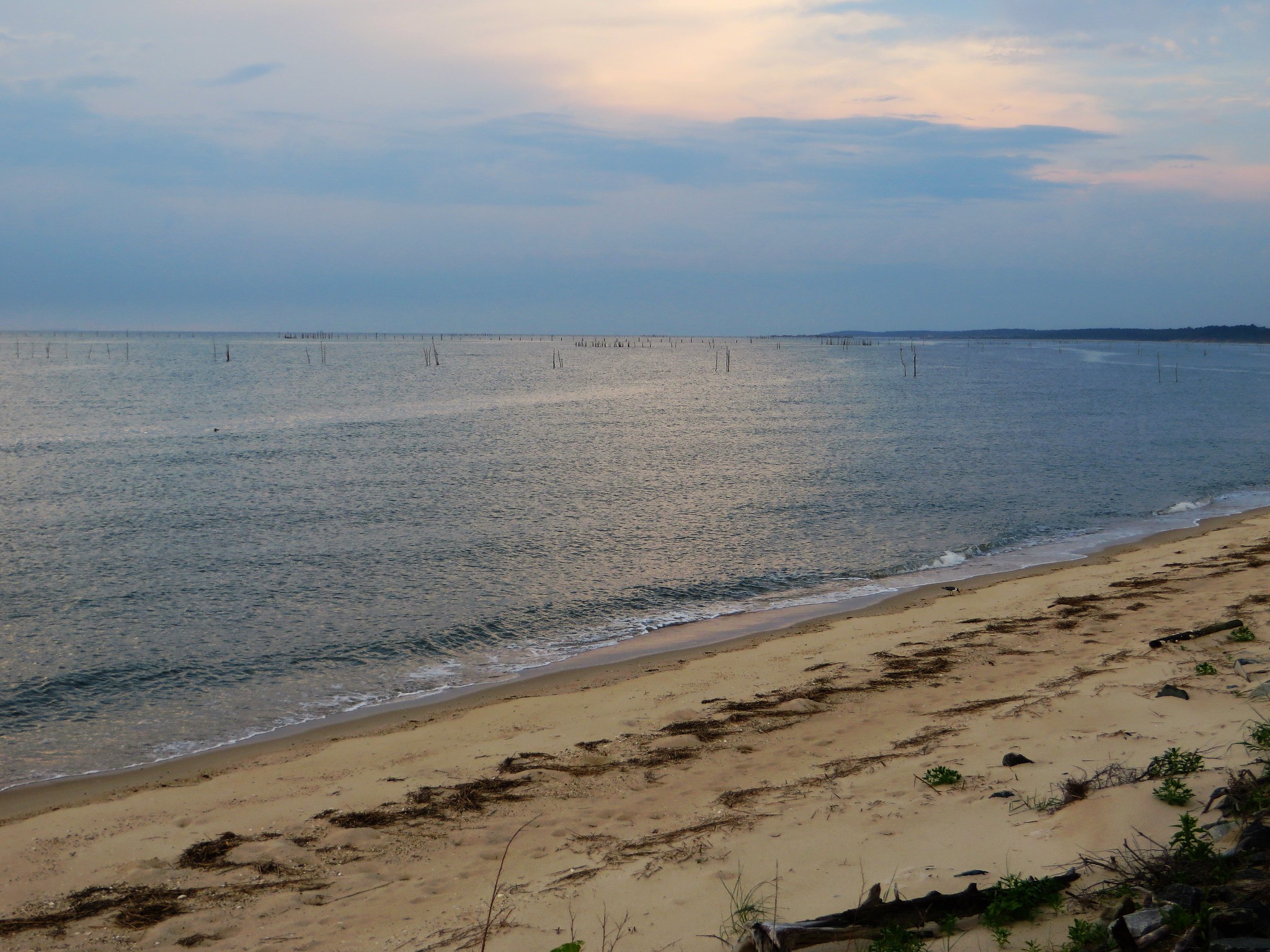
The Clean Water Act of 1972 established total maximum daily loads – or TMDLs – for bodies of water that do not meet water quality requirements.
In this way, the amount of acceptable pollutant in water was codified.
However, the most effective methods for developing and implementing such TMDLs have remained less structured.
Until now.
ASCE has published Manual of Practice 150, Total Maximum Daily Load Development and Implementation: Models, Methods, and Resources, a major step forward for water resource professionals tasked with developing and implementing TMDLs.
“There is guidance on developing TMDLs from the U.S. EPA, but there hasn’t been much guidance on its key step TMDL analysis and modeling,” said Deva K. Borah, Ph.D., P.E., F.ASCE, chair of the Total Maximum Daily Load Analysis and Modeling Task Committee. “That has been left to the TMDL developers. So, they’ve been using whatever they can get their hands on, without any guidance on using TMDL modeling and analysis techniques. That’s what drove us to develop this manual.”
Prepared by the Total Maximum Daily Load Analysis and Modeling Task Committee, sponsored by the Watershed Management Technical Committee of the Watershed Council of the Environmental and Water Resources Institute of ASCE, and edited by Borah and three members of the task committee, Harry X. Zhang, Ph.D., P.E.; Nigel W.T. Quinn, Ph.D., P.E., D.WRE, F.ASCE; and G. Padmanabhan, Ph.D., P.E., F.ASCE, the manual both reviews current practices and presents potential future approaches to analysis and modeling for developing and implementing TMDLs.
“This is not only going to be beneficial for the professionals to do modeling more efficiently, it’s also going to benefit the community,” Zhang said. “When you think about civil engineering, sometimes you’re working to design according to a requirement, and that’s serving the needs of the community, promoting a healthy watershed.”
The book doesn’t strive to develop new TMDL models, but instead provides the practitioner with a decision matrix to apply the best approaches to their specific work. The manual also assesses the current state of industry and compares it against best practices.
“We distinguished between the state of the practice and the state of the art,” Borah said. “And this is going to be a living document. Time goes by. More research is done. Things change. We’ll keep updating.”
Work on the manual started 11 years ago. The MOP follows the task committee’s previous published work – 2017’s Total Maximum Daily Load Analysis and Modeling: Assessment of the Practice and a series of more recent journal articles.
“There’s such a great need for this manual of practice,” Zhang said. “It took a while. But I feel honored to be working with a group of distinguished people. This work is fulfilling the ASCE mission to lead by example, so we’re a part of that journey now.”
Learn more about the manual of practice.


